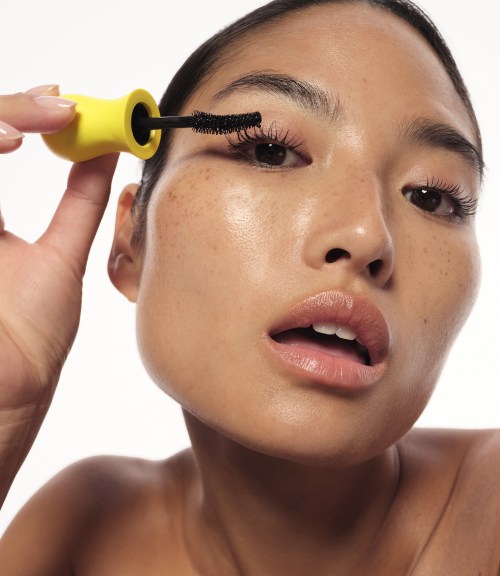If you’ve got moderate or intense pain on one or both sides of your head, the chances are high that you may be suffering a migraine attack. And without immediate treatment, these headaches can worsen over time, lasting anywhere from four to 72 hours, the National Institutes of Health warns. So, it makes sense that many people resort to home remedies to make the pain chill out, stat.
Experts in This Article
Dr. Lars Widdel, MD, is a neurosurgeon at the Mercy Medical Center in Redding, California.
Dr. Pamela Youssef, MD, is a neurologist at Florida Kendall Hospital in Doral, Florida.
One trending quick fix? Dipping your head in ice water.
Evidence suggests that ice water may exert an anti-inflammatory effect that moves blood away from the head by causing the blood vessels to shrink, but little is known about the underlying mechanism that makes this happen. “While some patients report headache relief with cold compresses, no evidence-based data supports this benefit,” says Pamela Youssef, MD, a neurologist at HCA Florida Aventura Hospital in Florida. “On the contrary, other studies also indicate cold water as a potential trigger for headaches.”
That hasn’t stopped people from trying: An extensive 2013 study published in the Hawaii Journal of Medicine and Public Health indicates that cold therapy is the most common self-care treatment for migraine.
“The use of cold therapy for headaches was first described in the medical literature in 1849,” says Lars Widdel, MD, a neurosurgeon at the Mercy Medical Center in Redding, California.
The results are decidedly mixed. “The direct application of cold to the head with cold wraps or caps lowers headache intensity in up to 70 percent of patients with migraine,” Dr. Widdel says. “Nearly one out of 10 [say] applying cold to their head will stop a headache—conversely, one in 10 patients also report that exposure to cold will induce or worsen their headache.”
Why ice water might help your migraines
There are various theories on why cold therapy works for some people, and it is likely a combination of various effects. “Cold reduces the release of histamines and prostaglandins responsible for inflammatory processes, thereby acting as an anti-inflammatory agent,” says Dr. Widdel. He adds that cold can also constrict blood vessels, which might be useful since “migraines are often believed to be due to the dilation of vessels,” he says.
What’s more, the cold might also simply limit the way our body senses pain: “Cold may overwhelm pain receptors and block pain transmission from reaching the cerebral cortex,” he says. The Mayo Clinic notes that ice packs have a numbing effect that can dull migraine pain (meanwhile, hot packs and heating pads may relax tense muscles).
Best ways to take advantage of cold water in real life
There are several ways to use cold water to relieve migraine pain. “One common method is to apply a cold compress or wrap a few ice cubes in a towel and place it on the forehead or the back of the neck for several minutes. Other options are frozen gel packs or a washcloth dipped in cold water,” says Dr. Widdel. However, medical experts recommend that you never apply ice on the surface of your skin for more than 15 to 20 minutes at a time—remove the cold compress once you feel your skin is numb. “Submerging the face in cold water for a few minutes may also ease symptoms,” Dr. Widdel adds. (Just make sure to come up for air!)
When it comes to migraines, therapies like this one may be effective early on but become less so once the migraine is full-blown, so don’t wait if you know that the cold is something that works for you.
And remember: Cold water isn’t effective for everyone, so if you don’t feel any effects, find a better treatment. Even if you do feel like it helps, know that it only provides temporary relief. Anyone with migraines should see a medical provider for proper diagnosis and treatment.
Sign Up for Our Daily Newsletter
Get all the latest in wellness, trends, food, fitness, beauty, and more delivered right to your inbox.
Got it, you've been added to our email list.











